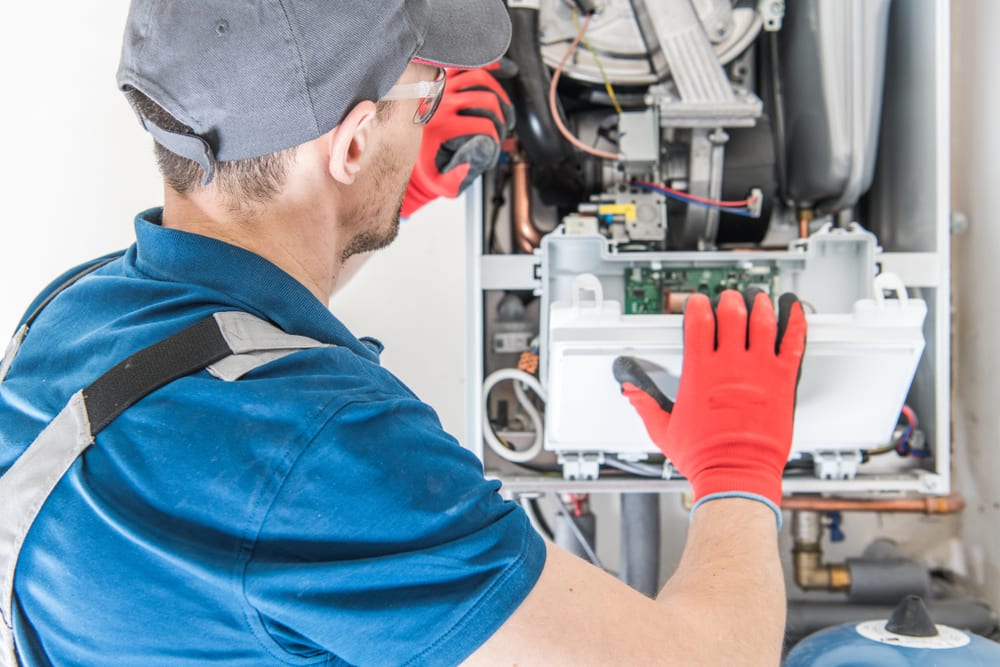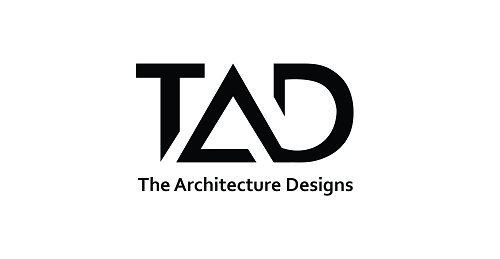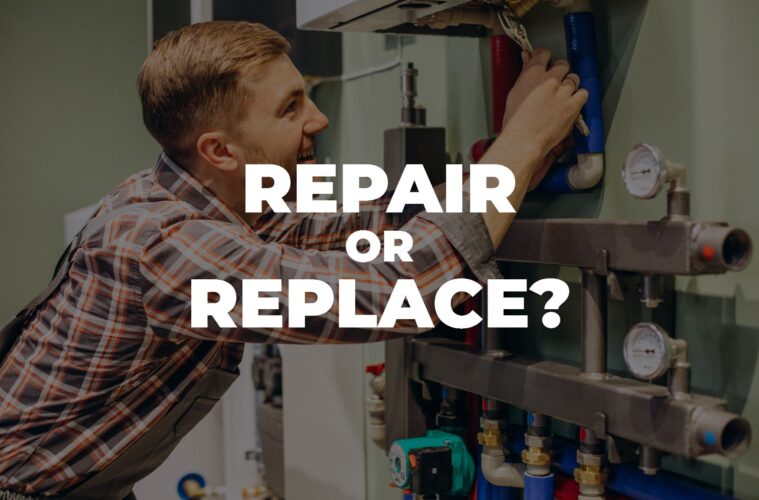Furnace problems create tremendous stress during the winter months. The decision whether to replace or repair your furnace influences home comfort as well as your financial planning. The right decision depends on how well you know the factors determining furnace performance and lifespan. You will find out the fundamental considerations that can help you understand this important decision.

Understand Furnace Lifespan and Performance
Most furnaces operate effectively for 15 to 20 years if you do maintenance properly. Maintenance-free systems can exceed their expected lifespan while neglected systems are more likely to fail early. Homeowners with furnaces that are nearing the 15 year mark should start preparing for possible replacement before emergency situations occur.
Maintenance always impacts system performance. Clean filters improve airflow, and proper lubrication reduces wear on moving parts. Annual professional inspections catch minor issues before they develop into major problems. Preventive measures like these often extend furnace life by several years.
Clear Warning Signs Your Furnace Needs Attention
Your furnace sends clear signals when it needs repair or replacement. Watch for these key indicators.
Unusual Noises and Operation Changes
- Banging or popping sounds upon startup suggest a delayed ignition.
- Whistling noises indicate air flow constraints or ducting difficulties.
- Constant cycling indicates thermostat faults or system inefficiencies.
Performance Issues
- Uneven warmth throughout rooms indicates distribution issues.
- The yellow pilot light indicates incomplete combustion.
- Frequent cycling increases the wear on system components.
- Delayed heating response indicates diminishing system efficiency.
Cost and Energy Concerns
- Monthly energy bills reveal surprising rises.
- Repairs become more frequent and costly.
- The system requires frequent thermostat adjustments.
- Humidity levels differ throughout the house.
The True Cost of Repeated Repairs
Repair costs provide valuable insight into the best path forward. Multiple service calls within a single season often signal declining system reliability. Parts wearing out simultaneously create a cascade effect where fixing one component leads to problems with another. This cycle of repairs becomes increasingly expensive and frustrating.
Energy Bills Reveal Hidden Issues
Monthly energy bills serve as reliable indicators of furnace performance. Rising costs despite consistent usage patterns signal declining efficiency. Modern furnace systems deliver 15-30% better energy efficiency compared to older models. These improvements translate into meaningful monthly savings though actual results depend on home size and usage patterns.
Understanding AFUE ratings helps evaluate potential energy savings. Modern furnaces achieve ratings of 95% or higher while older systems often operate at 70% efficiency or lower. This difference means a significant portion of energy converts directly into heat rather than being lost through exhaust.
Safety Concerns Demand Immediate Action
Safety issues fundamentally change the repair-versus-replace calculation. A cracked heat exchanger poses serious carbon monoxide risks unlike standard maintenance issues such as worn belts or failing ignitors. Safety-related concerns often necessitate replacement even when other factors might suggest repair as a viable option.
Modern furnaces incorporate advanced safety features. Flame sensors prevent gas buildup while limit switches shut down systems that overheat. These components protect household members but require proper maintenance and occasional replacement to function effectively.
Professional Assessment and System Evaluation
Quality HVAC evaluations reveal comprehensive system information. Effective consultations address both immediate concerns and long-term implications. The best technicians explain their recommendations thoroughly and help homeowners understand the reasoning behind each option.
A thorough evaluation examines multiple components. Technicians check heat exchangers for cracks measure air flow through the system and test for proper gas pressure. They evaluate the condition of major components and assess the overall system efficiency under operating conditions.
Cost Considerations Beyond Initial Pricing
The total cost of ownership extends beyond repair or replacement expenses. Installation quality affects system performance and longevity. Proper sizing ensures efficient operation while incorrect sizing leads to premature wear. These factors influence long-term operating costs and comfort levels.
Warranty coverage gives extra value with replacement units. Most manufacturers provide extended warranties that cover large parts of the building. Such warranty coverage reduces the costs of future repairs and then home owner feels relieved.
To Conclude
Many factors influence the optimal decision including system age repair frequency energy costs and safety considerations. Furnaces older than 15 years with growing repair needs and increasing energy consumption usually call for replacement. Newer systems with isolated issues often benefit more from targeted repairs.
Plan ahead and avoid emergency installations while making decisions without pressure. Ordering in off season provides better pricing and more flexible installation schedules. This allows for the time to research options compare quotes, and financially prepare for the chosen solution.


